1. Lye Soap That Burned More Than It Cleaned
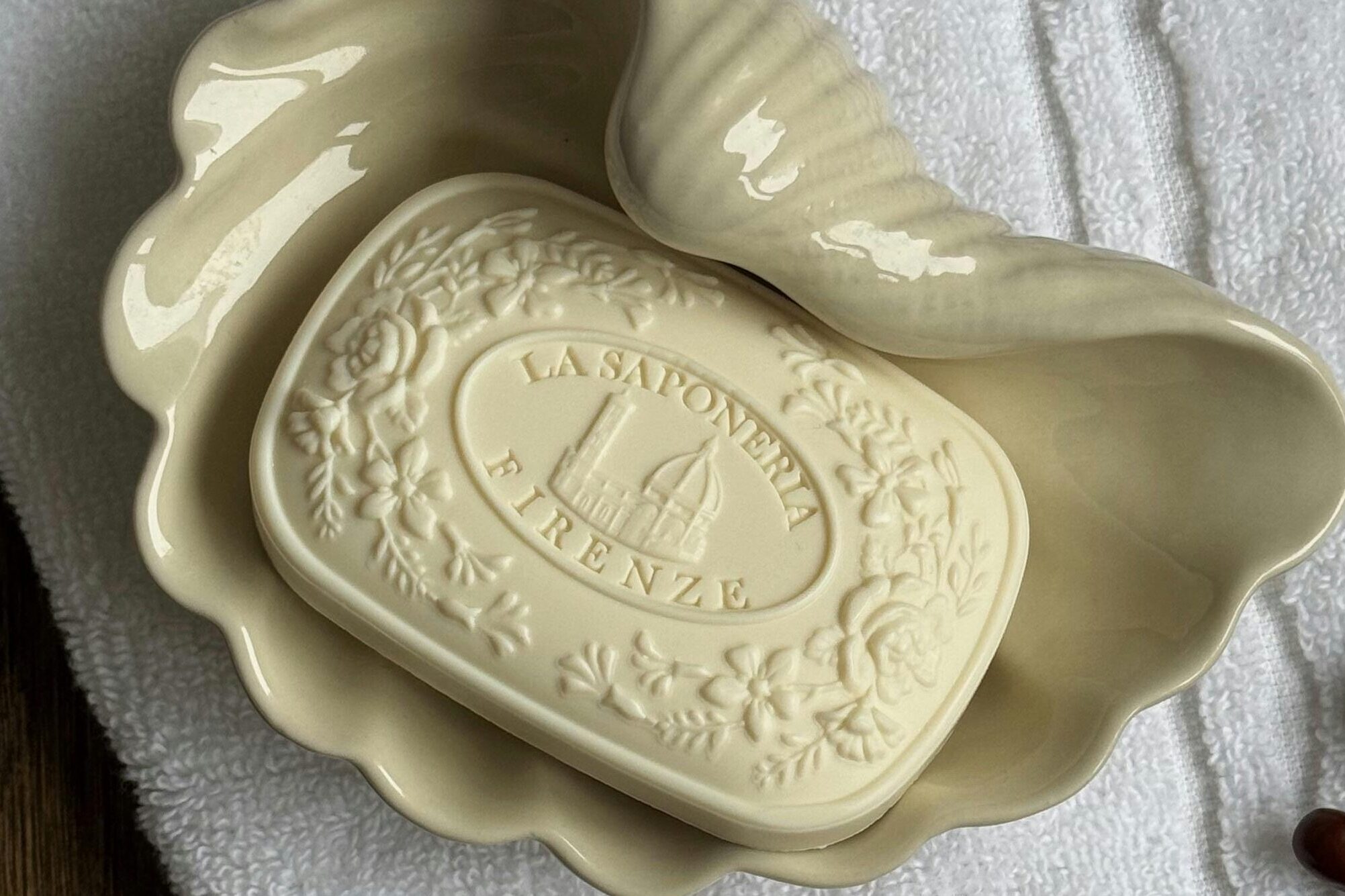
Back in colonial times, soap wasn’t the gentle, fragrant stuff we know today. It was made from animal fat and lye, a highly caustic substance that could burn the skin if not properly balanced. This homemade concoction was strong enough to strip away dirt but also left skin dry, cracked, and irritated. People didn’t have the luxury of moisturizing lotions, so they often dealt with red, inflamed skin. Making soap was a tedious process that involved boiling ashes in water to extract the lye, then mixing it with fat and letting it harden over weeks. If the mixture was too strong, it could quite literally burn off the top layer of skin shares the Conversation.
Despite the risks, it was the best option they had. Some colonists tried to add herbs to improve the scent, but there was no escaping the harshness. Those who had the means might import milder soap from Europe, but most had to suffer through the sting of homemade versions. Today, the idea of scrubbing with something that could peel off skin sounds like a nightmare adds Allure.
2. Lead-Based Makeup That Slowly Poisoned Wearers
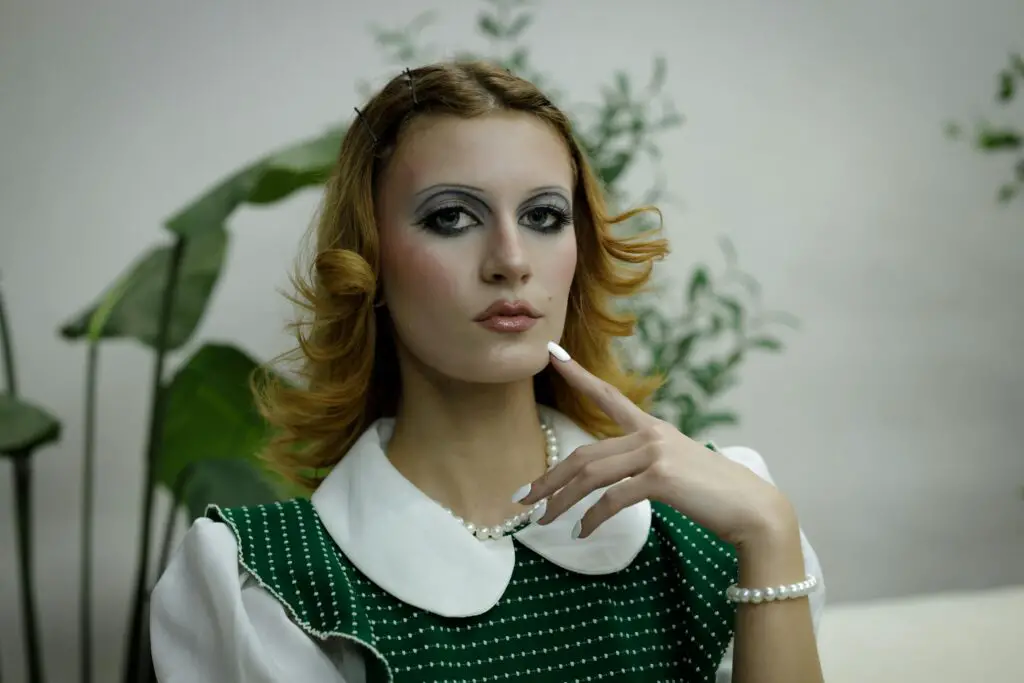
Looking pale and powdered was the height of fashion, but achieving that look was downright dangerous. Colonial women (and some men) used lead-based face powders to achieve a smooth, ghostly complexion. The problem? Lead is highly toxic, and prolonged use led to everything from headaches to rotting teeth. Some even suffered from facial paralysis and hair loss without realizing their beloved beauty product was to blame shares Discover Magazine.
As if that weren’t bad enough, they’d reapply the powder multiple times a day, increasing their exposure. The lead would absorb into the skin, leading to long-term poisoning. Despite the obvious health risks, people kept using it because pale skin was associated with wealth and refinement. It’s safe to say that today’s skincare experts would be horrified by this practice.
3. Tooth Powder Made From Burnt Bread and Salt
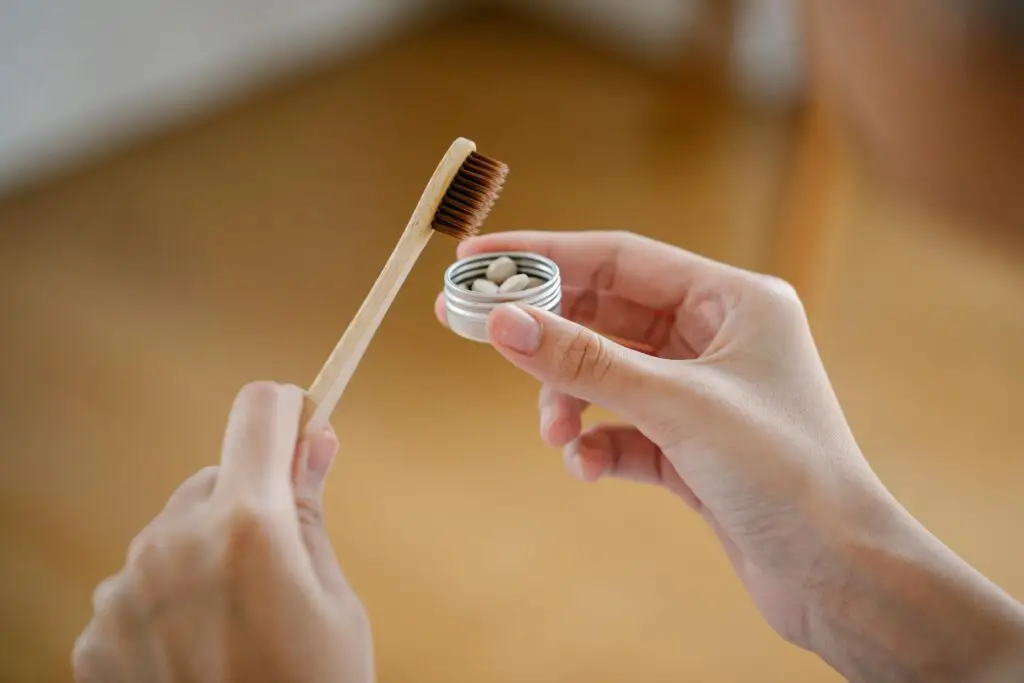
Toothpaste as we know it didn’t exist, so colonists had to get creative. One of the most common ways to clean teeth was by using a homemade powder made from crushed burnt bread, salt, and sometimes brick dust. This gritty mixture worked like sandpaper, scraping away plaque—but also enamel. Over time, repeated use led to extreme tooth sensitivity and even exposed nerves explains NHSmiles.
Salt was a natural disinfectant, but it didn’t exactly make for a pleasant brushing experience. Some people mixed the powder with water or spirits to create a paste, but the taste was still awful. Since toothbrushes were rudimentary, people often just used their fingers or rough cloths to scrub. It’s no wonder that tooth decay and tooth loss were rampant.
4. Wigs Crawling With Lice and Other Pests

Powdered wigs were all the rage among the upper class, but they came with some serious drawbacks. These elaborate hairpieces weren’t washed often, which made them a perfect breeding ground for lice. Since most people only had a few wigs, they’d wear them repeatedly without proper cleaning. Some even resorted to dusting their wigs with powders containing arsenic to kill off pests.
To keep their wigs fresh, people would sprinkle them with lavender or other scents, but that only masked the problem. Insects weren’t the only issue—sweat and grime would build up over time, leading to some truly unpleasant smells. Those who couldn’t afford wigs sometimes resorted to using animal fat to slick back their own hair, which attracted even more dirt.
5. Perfume to Cover Up a Lack of Bathing
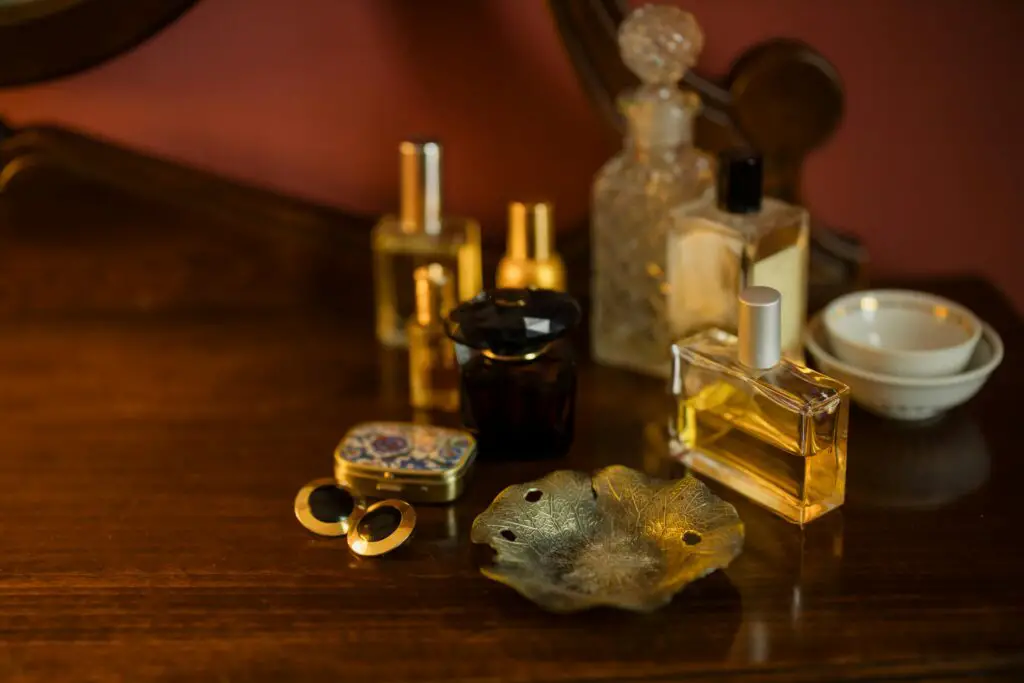
Bathing wasn’t an everyday activity in colonial times, and some people went weeks without a proper wash. Instead of soap and water, they relied on heavy perfumes to mask body odor. These perfumes were often made with strong-smelling ingredients like musk and civet, which had an intense, almost animalistic scent. While they covered up the stench, they didn’t actually clean anything.
Wealthier individuals might freshen up with scented cloths or herbal rinses, but full-body baths were rare. People believed that bathing too often could make them sick, so they avoided it altogether. Instead, they would just reapply perfume over and over, creating an overwhelming mix of sweat and fragrance. Modern noses would definitely not appreciate the results.
6. Animal Fat as a Hair Conditioner
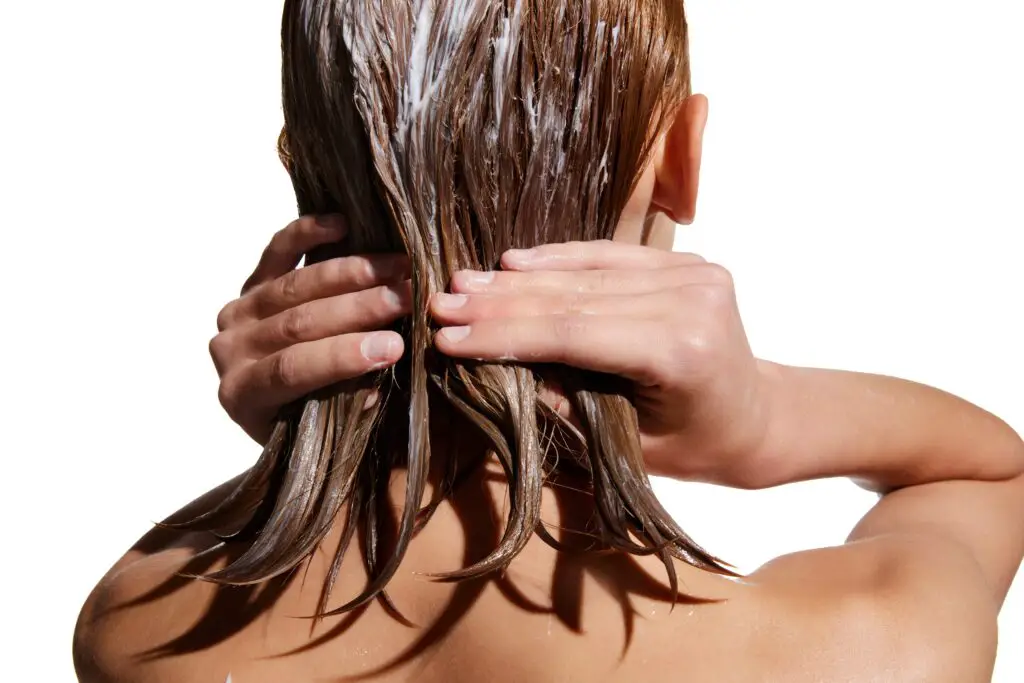
With no commercial hair products, colonists turned to animal fat to keep their hair in place. Bear grease was particularly popular, as it helped slick down flyaways and add shine. Unfortunately, it also attracted dirt, dust, and even insects. Some people mixed the fat with herbs to improve the smell, but there was no avoiding the greasy texture.
It wasn’t just for men—women also used fat to shape their elaborate hairstyles. Since washing hair was a rare event, the buildup of oil would get pretty intense. Over time, hair became stiff and matted, sometimes forming what we’d now call dreadlocks. The thought of rubbing animal fat into freshly washed hair today is enough to make anyone cringe.
7. Urine as a Skin Treatment
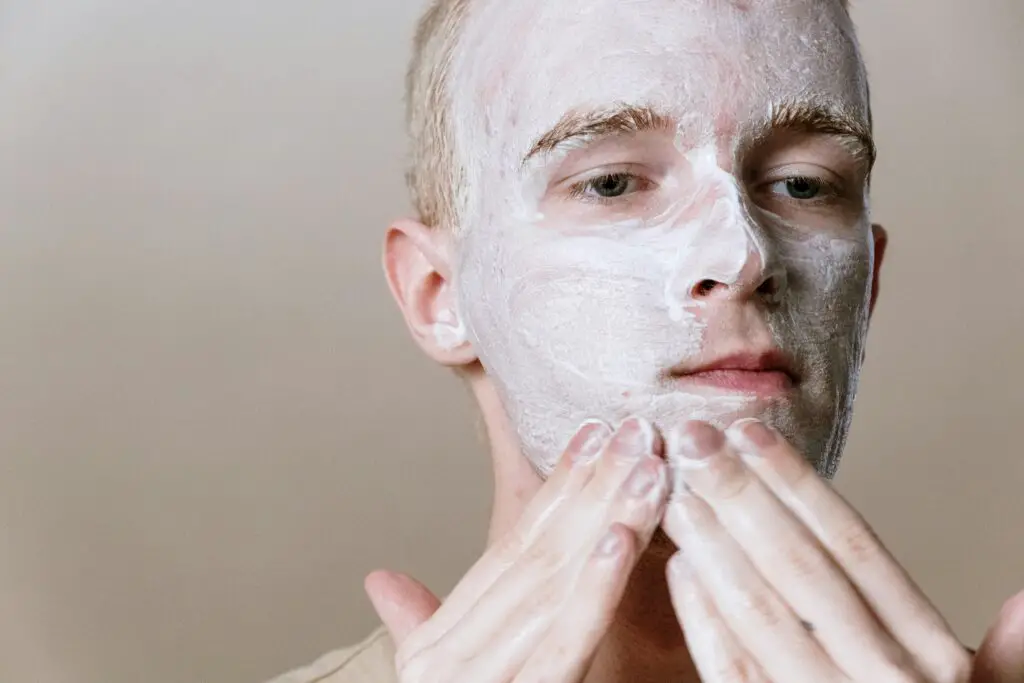
As strange as it sounds, some colonists believed urine had powerful cleansing properties. It was used to treat acne, whiten teeth, and even wash clothes. Since urine contains ammonia, it did have some mild antibacterial effects, but the smell alone would make it unbearable for modern standards. People would collect their own urine in chamber pots and let it ferment for stronger results.
Urine was also a common ingredient in early hair dyes and fabric bleaching solutions. Some people swore by it as a cure for skin infections, applying it directly to wounds. The practice lingered for centuries, even as better hygiene methods developed. Today, most of us wouldn’t dream of using such a foul-smelling remedy.
8. Rubbing Pigeon Droppings on the Face
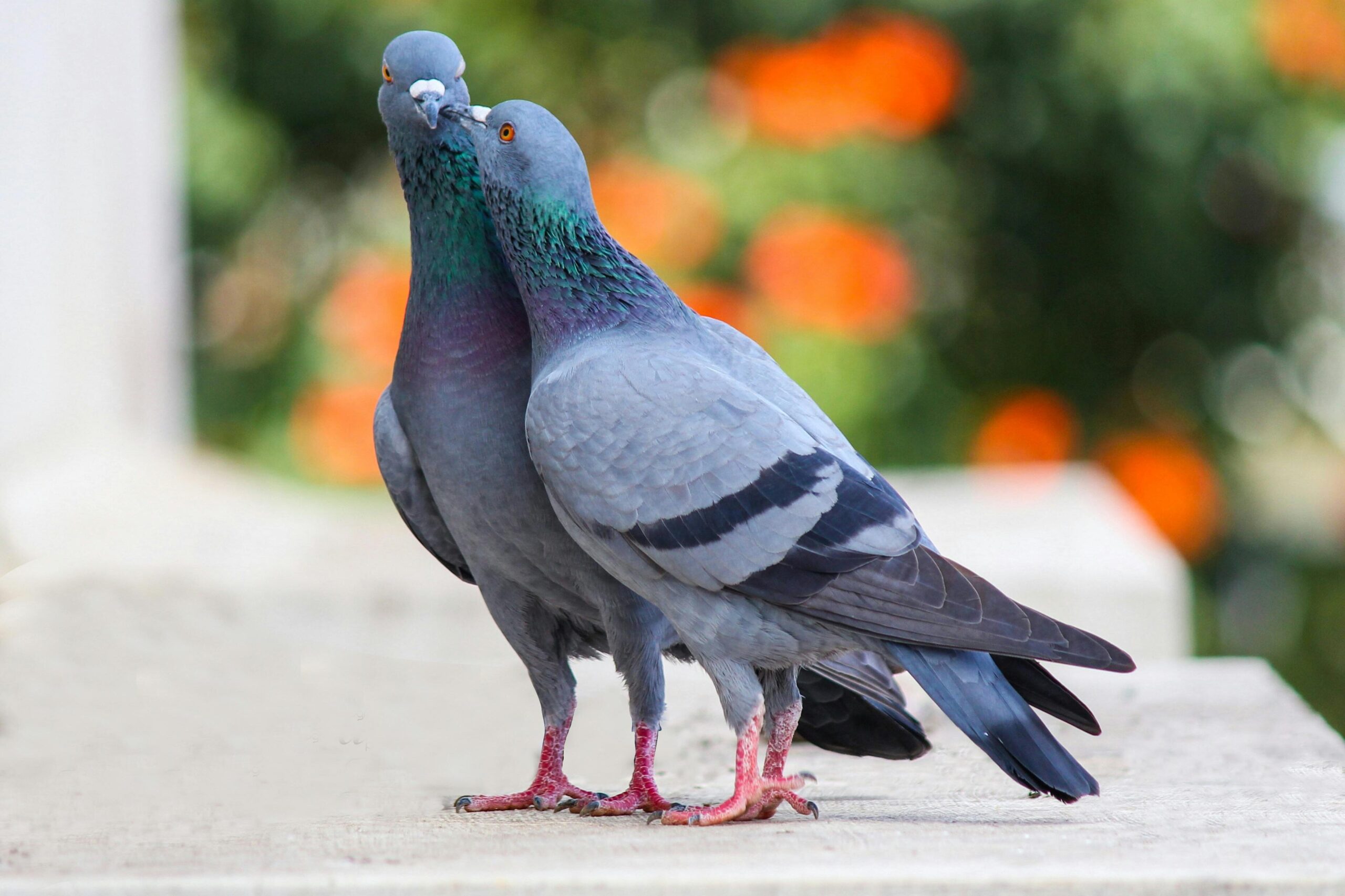
For a glowing complexion, colonists sometimes turned to a rather unsanitary ingredient—pigeon droppings. These were dried, ground into a fine powder, and mixed with water or other ingredients to create facial treatments. The idea was that the natural enzymes in the droppings helped brighten and soften the skin.
While this sounds disgusting today, similar practices were used in ancient cultures, and some even persisted into later centuries. Colonists believed that natural ingredients were the key to beauty, no matter how unappealing they seemed. Thankfully, skincare has come a long way since then, and we no longer have to resort to bird waste for a beauty boost.
9. Chewing Sticks Instead of Toothbrushes

Instead of toothbrushes, many colonists used simple wooden sticks to clean their teeth. They’d chew on one end until it frayed, then use the bristles to scrape their teeth clean. Some dipped them in salt or charcoal for extra scrubbing power. While this method did help remove plaque, it wasn’t exactly thorough.
Since there was no floss, food particles often got stuck between teeth, leading to decay. People who could afford them imported toothbrushes with boar bristles, but they were expensive. For the average person, a chewed-up twig was the best they could do. Considering how much we rely on modern dental hygiene, this method seems downright primitive.
10. Rusty Razors for Shaving
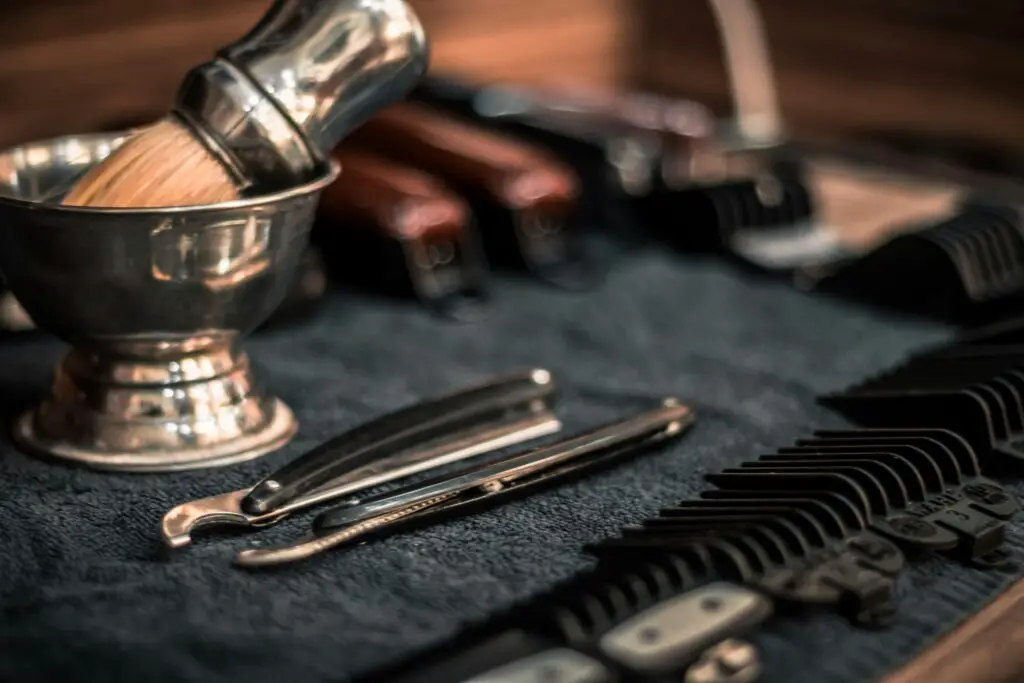
Shaving in colonial times was a painful ordeal. Razors were little more than sharpened bits of metal, often rusty or dull. Without proper lubrication, shaving led to cuts, infections, and razor burn. Men had to either brave the pain themselves or visit a barber, who might not have the cleanest tools.
Since there were no disposable razors, people had to sharpen their blades regularly, but not everyone did. A rough shave often meant dealing with irritated, inflamed skin for days. Some men simply let their beards grow rather than endure the agony. Compared to today’s precision razors, colonial shaving practices were downright barbaric.
11. Bloodletting for Skin Problems
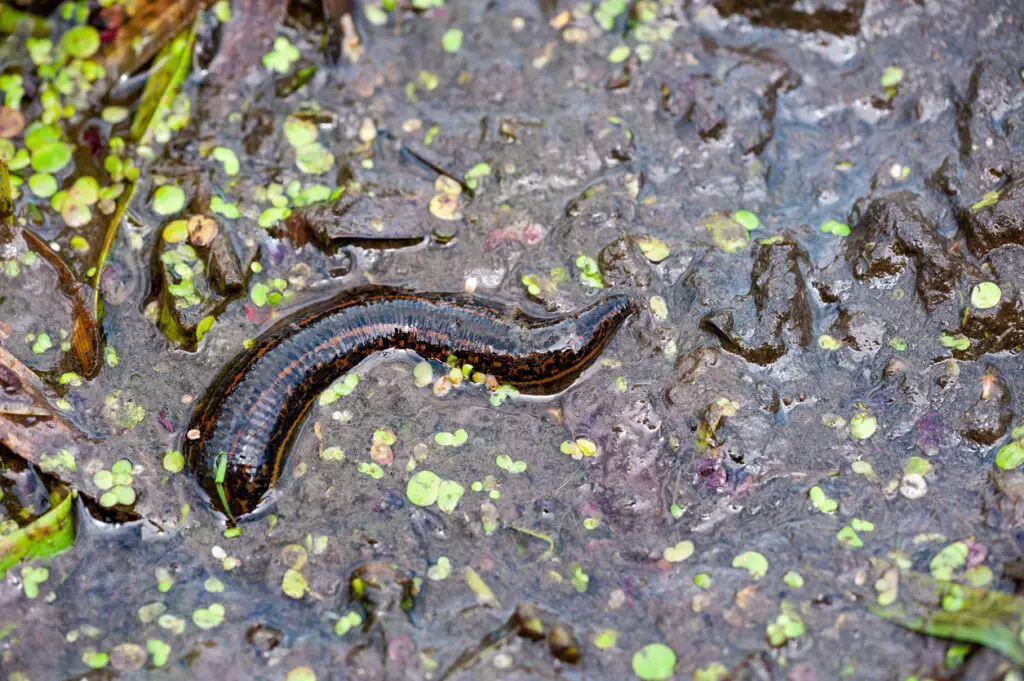
Colonists believed that many health issues, including skin conditions, were caused by an imbalance of the body’s “humors.” To fix this, they turned to bloodletting, a practice that involved cutting the skin or using leeches to drain blood. It was thought that removing “bad blood” would clear up everything from rashes to boils. Unfortunately, this often led to infections, excessive blood loss, or even death.
If a person had acne or eczema, a doctor might make small incisions on their face to let the blood flow out. Sometimes, they’d use a tool called a scarificator, which had tiny blades designed to create multiple cuts at once. The irony is that these treatments often made skin conditions worse by introducing bacteria into open wounds. Thankfully, science has since debunked the idea that draining blood cures everything.
12. Boiling Hot Water for Shaving and Hair Removal
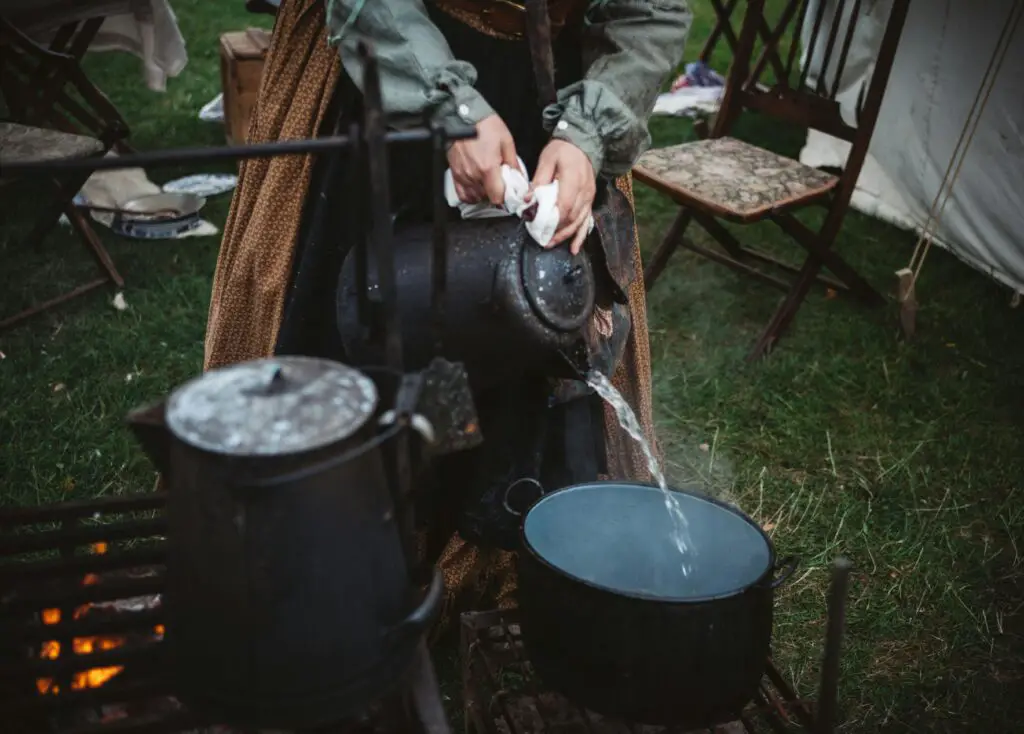
Shaving cream didn’t exist, so colonists had to get creative when removing hair. One of the most painful methods involved using boiling water to soften hair before shaving or plucking it out. Women who wanted smooth legs or eyebrows sometimes dipped cloths in scalding water and pressed them against their skin. The heat opened pores and loosened hair follicles, but it also caused burns and irritation.
Some even took things further by using hot wax or tree sap to yank out hair. Without modern numbing creams, this was as painful as it sounds. Since razors were crude and often dull, men had to endure painful nicks and cuts while shaving their beards. The thought of scalding water as a pre-shave treatment makes today’s aftershave sting seem mild in comparison.
13. Sulfur and Mercury Ointments for Skin Conditions
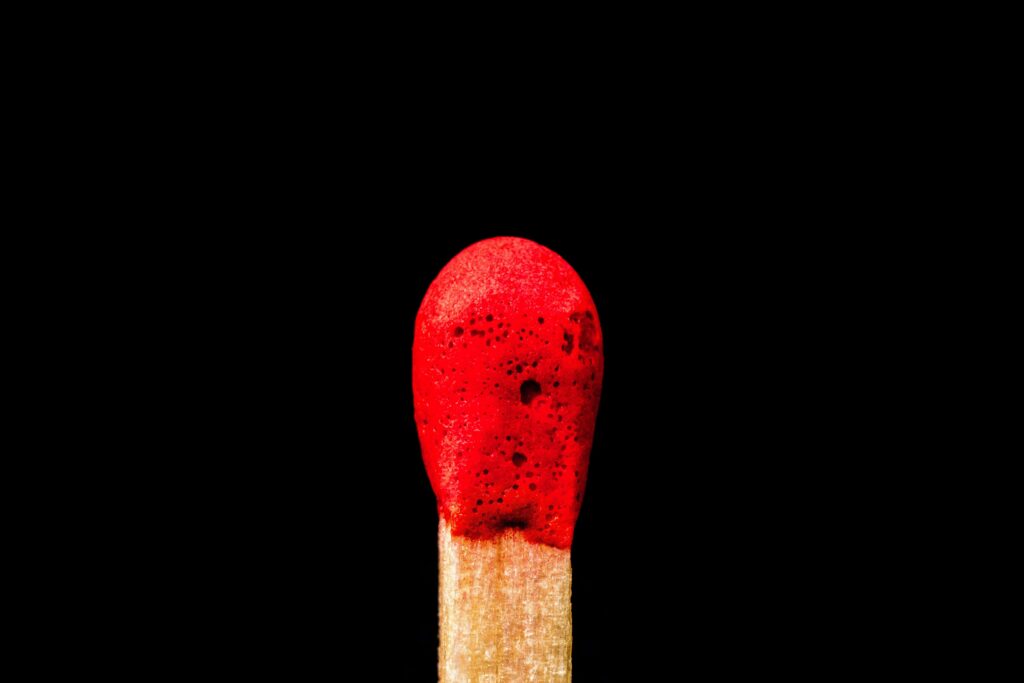
Colonists had limited medical knowledge, so they often turned to toxic substances in an attempt to treat skin ailments. Sulfur was commonly used to treat rashes and scabies, but it smelled awful and irritated the skin. Even worse, some people applied mercury ointments to clear up blemishes and infections. Mercury is extremely poisonous, and prolonged exposure led to neurological damage.
Those who used these treatments often suffered side effects like peeling skin, sores, and even blindness. Yet, people kept using them because they believed the short-term results were worth the risk. Doctors of the time swore by these “miracle” remedies, unaware of the lasting harm they caused. Looking back, it’s shocking how little concern there was for long-term health effects.
14. Brushing Teeth with Pine Tar and Ash
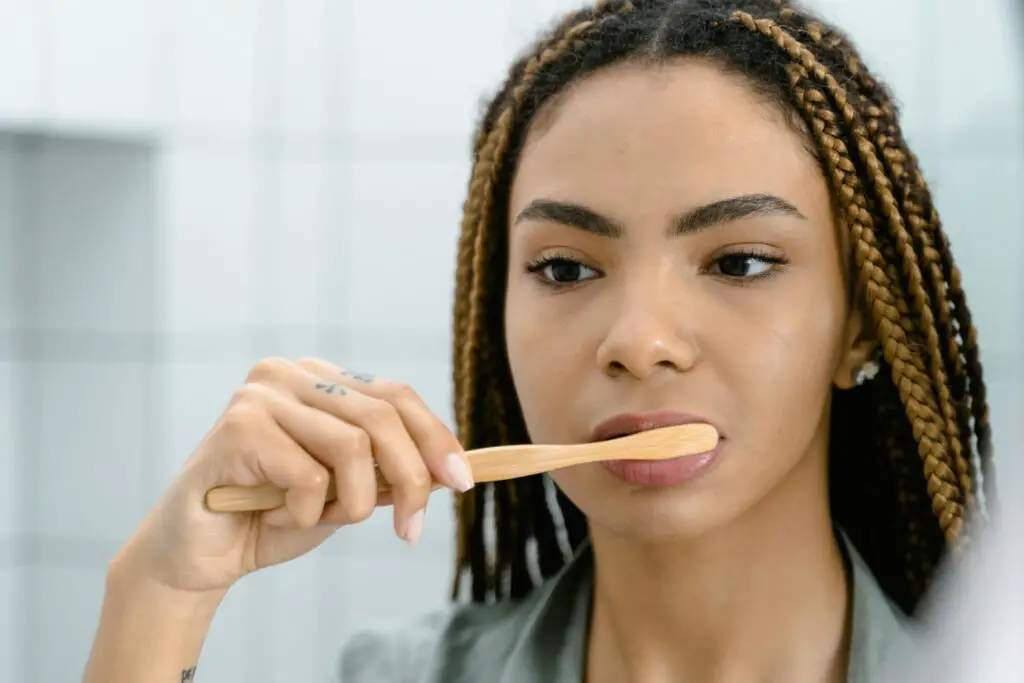
When colonists ran out of tooth powder, they sometimes resorted to brushing with pine tar and wood ash. Pine tar was sticky and left a bitter taste, but it was thought to strengthen teeth. Wood ash acted as a mild abrasive, scrubbing away plaque but also wearing down enamel over time. Since toothbrushes were scarce, people often just rubbed the mixture on their teeth with their fingers.
This method left behind a smoky aftertaste and often stained teeth rather than whitening them. Some added herbs or charcoal to improve the flavor, but nothing could fully mask the gritty texture. Without modern toothpaste, keeping teeth clean was a constant challenge. The idea of smearing sticky tar onto teeth today is enough to make anyone reach for their minty-fresh toothbrush instead.
